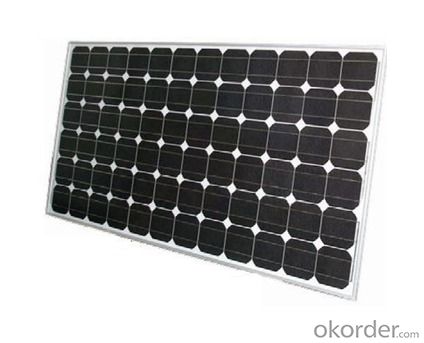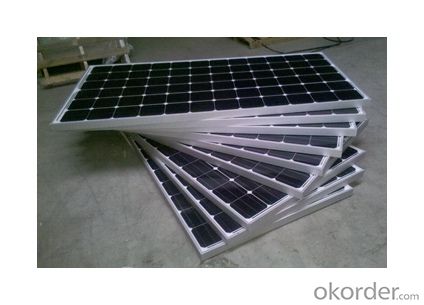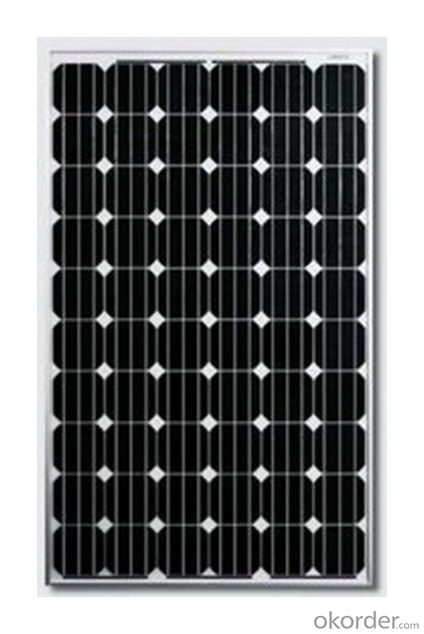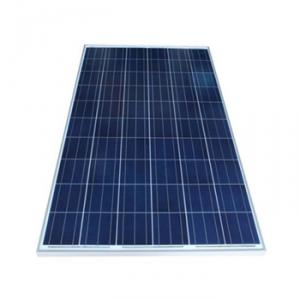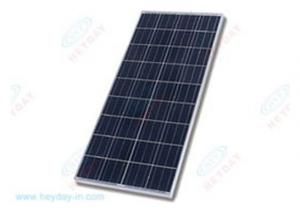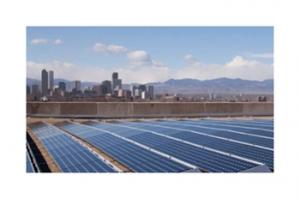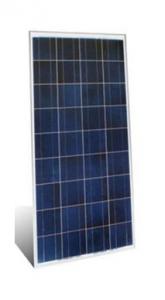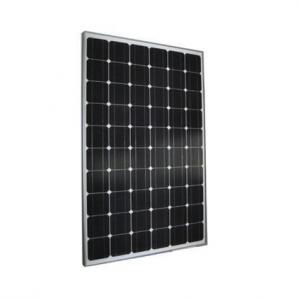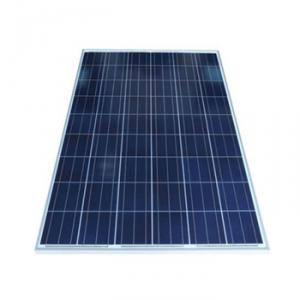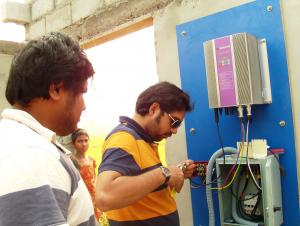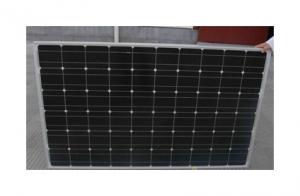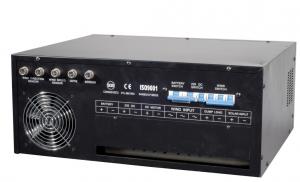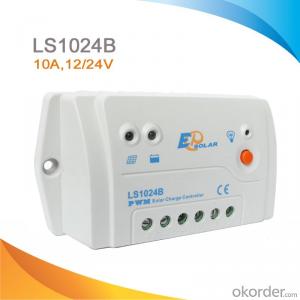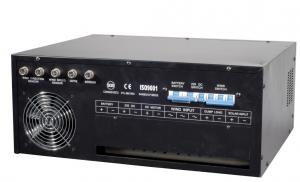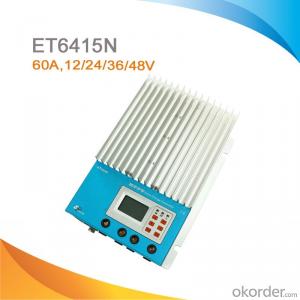Resol Solar Thermal Controllers Compatible Solar Panel Mono-Crystalline 156*156 250W Module
OKorder Service Pledge
OKorder Financial Service
You Might Also Like
Solar Module Descriptions:
This high efficiency waterproof 250W mono-crystalline solar panel is ideal for all on-grid roof installations on houses and commercial buildings, as it has been manufactured to the highest standards and certified by MCS and TUV to be suitable for any on-grid solar installations. The solar panel is also perfect for all off-grid installations on caravans, campervans, motor homes and boats for charging leisure battery banks or for off-grid household solar systems with batteries.
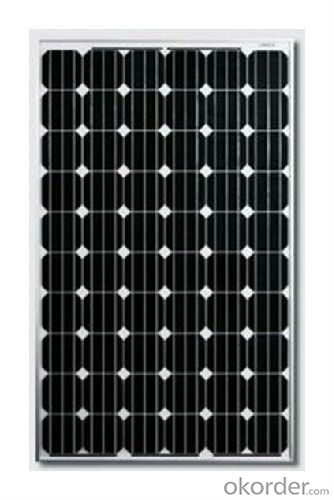
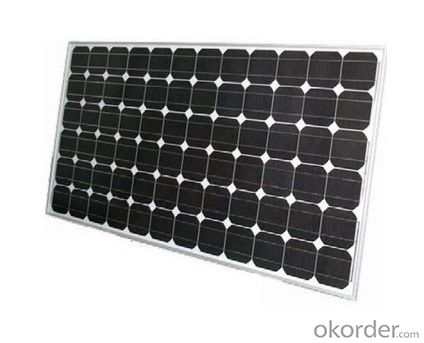
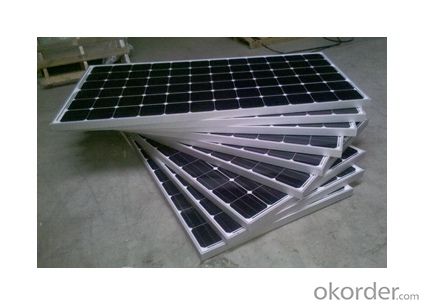
Electrical Characteristics
Max-pow (W) | 250 |
Max-Power Voltage (V) | 51 |
Max-Power Current (A) | 4.9 |
Open-Circuit Voltage (V) | 61.7 |
Short-Circuit Current (A) | 5.4 |
Mechanical Characteristics
Cable type, Diameter and Length | 4mm2, TUV certified, 1000mm |
Type of Connector | Compatible with MC4 plug |
Arrangement of cells | 6*12 |
Cell Size | 156*156 |
Dimension | 1580*1069*45 |
Weight | 20.5Kg |
Glass, Type and Thickness | High Transmission, Low Iron, Tempered Glass 3.2mm |
Features
Guaranteed positive tolerance 0/+5w ensures power output reliability
Strong aluminum frames module can bear snow loads up to 5400Pa and wind loads up to 2400Pa.
Excellent performance under low light environments (mornings evenings and cloudy days)
12 years for product defects in materials and workmanship and 25 years for 80% of warranted minimum power.
Certifications and standards: IEC 61215.
Manufactured according to International Quality and Environment Management System (ISO9001, ISO14100).
FAQ
Q: Do you have any MOQ limit?
Our MOQ is 200 pieces.
Q: How long is the warranty period for the solar modules?
15 years 90% of its nominal power rating.
25 years 80% of its nominal power rating
Q: What kind of loads can I run on PV?
With a correctly designed PV system you can power almost any electrical load.
- Q: Can a solar controller be used with a solar-powered wind turbine?
- Yes, a solar controller can be used with a solar-powered wind turbine. A solar controller is designed to regulate and optimize the charging of batteries from solar panels, and it can also be used to regulate the charging of batteries from a solar-powered wind turbine. The solar controller will ensure that the batteries are charged efficiently and protect them from overcharging or discharging, regardless of whether the power source is solar panels or a wind turbine.
- Q: How does a solar controller prevent damage from short-circuiting of batteries?
- A solar controller prevents damage from short-circuiting of batteries by continuously monitoring the voltage and current of the batteries. It automatically disconnects the batteries from the solar panels in case of a short circuit, preventing excessive current flow that could damage the batteries. Additionally, it may have built-in protection mechanisms like fuses or circuit breakers to further safeguard against short-circuiting.
- Q: What is the maximum discharge power of a solar controller?
- The maximum discharge power of a solar controller refers to the maximum amount of power that the controller is capable of discharging from the battery bank to power connected loads. This discharge power is typically measured in watts or kilowatts and is determined by the capacity and specifications of the solar controller. The maximum discharge power of a solar controller is important as it dictates the amount of power that can be drawn from the battery bank to meet the energy needs of the connected loads. It is essential to ensure that the maximum discharge power of the solar controller aligns with the power requirements of the loads to prevent overloading or damaging the controller.
- Q: Can a solar controller be used with solar-powered medical equipment?
- Yes, a solar controller can be used with solar-powered medical equipment. A solar controller helps regulate the charging process of a solar panel, ensuring the proper voltage and current are supplied to the equipment's batteries. This helps protect the batteries from overcharging and damage, while maximizing the efficiency of the solar power system.
- Q: What is the maximum discharge current of a solar controller?
- The maximum discharge current of a solar controller denotes the highest current that can be extracted from the battery by the connected load or device in a solar power system. This value is determined by the design and specifications of the specific solar controller in use. Different solar controllers possess varying maximum discharge current ratings, typically ranging from a few amps to several hundred amps. When choosing a solar controller, it is crucial to take into account the maximum discharge current to ensure that it can handle the power requirements of the connected load. Exceeding the maximum discharge current can result in overheating and potential damage to the solar controller or the connected devices. The manufacturer typically specifies the maximum discharge current, which can be located in the product's technical specifications or user manual. Additionally, it is important to consider the capacity of the battery bank while determining the maximum discharge current. The battery must be capable of supplying the required current without being excessively depleted or damaged. To summarize, the maximum discharge current of a solar controller denotes the highest amount of current that can be drawn from the battery by the connected load. It is vital to select a solar controller with an appropriate maximum discharge current rating to ensure compatibility and proper operation of the solar power system.
- Q: Can a solar controller handle power surges from the generator?
- Yes, a solar controller can handle power surges from the generator. Solar controllers are designed to regulate and control the flow of electricity from the solar panels to the batteries or grid. They typically have built-in protection mechanisms, such as surge protection devices, to handle power surges and prevent damage to the system.
- Q: What is the maximum load current for a solar controller?
- The maximum load current for a solar controller is the maximum amount of current that can be safely drawn from the controller to power the connected load. The specific value varies depending on the model and specifications of the solar controller, so it's important to refer to the manufacturer's documentation for the accurate maximum load current rating.
- Q: Can a solar controller be used with a solar-powered pool heater?
- Yes, a solar controller can be used with a solar-powered pool heater. A solar controller helps regulate and optimize the performance of solar panels, ensuring that the pool heater operates efficiently and effectively. It allows for better control of the solar heating system, monitoring temperature levels and adjusting the flow of solar energy to maintain desired pool water temperatures.
- Q: How does a solar controller handle power fluctuations from the solar panels?
- A solar controller, also known as a charge controller, is a crucial component in a solar power system that manages the power fluctuations from the solar panels. Its primary function is to regulate and control the charging process of the batteries and prevent them from overcharging or undercharging. When it comes to power fluctuations from the solar panels, the solar controller employs various techniques to handle them effectively. One of the primary methods is the use of maximum power point tracking (MPPT) technology. MPPT allows the solar controller to constantly monitor the voltage and current output of the solar panels and adjust the charging parameters accordingly. During power fluctuations, the solar controller continuously tracks the maximum power point of the solar panels, which is the point at which they generate the most power. By doing so, it ensures that the solar panels are operating at their optimal efficiency, regardless of any fluctuations in sunlight intensity, temperature, or shading. This MPPT feature enables the solar controller to extract the maximum available power from the solar panels and deliver it to the batteries. Furthermore, a solar controller also incorporates various protection mechanisms to handle power fluctuations. It typically includes features like overvoltage protection, low voltage disconnect, and short circuit protection. These safety measures safeguard the solar panels, batteries, and other components of the system from potential damage caused by voltage spikes, sudden drops in voltage, or electrical faults. In addition to MPPT and protective features, some advanced solar controllers also offer advanced algorithms and programming options. These allow the controller to dynamically adjust the charging parameters based on the solar panel's performance, battery condition, and system requirements. This adaptability ensures efficient power management and optimal battery charging, even in the face of power fluctuations. Overall, a solar controller is designed to handle power fluctuations from the solar panels by utilizing MPPT technology, implementing protective measures, and employing advanced algorithms. Its role is to ensure the smooth and efficient operation of the solar power system, maximize power generation, and prolong the lifespan of the batteries.
- Q: What are the main functions of a solar controller?
- The main functions of a solar controller are to regulate and control the flow of electricity between the solar panels and the batteries, protect the batteries from overcharging or discharging, optimize the charging process to maximize the efficiency of the solar system, and provide monitoring and diagnostic information about the solar system's performance.
Send your message to us
Resol Solar Thermal Controllers Compatible Solar Panel Mono-Crystalline 156*156 250W Module
OKorder Service Pledge
OKorder Financial Service
Similar products
Hot products
Hot Searches
Related keywords



